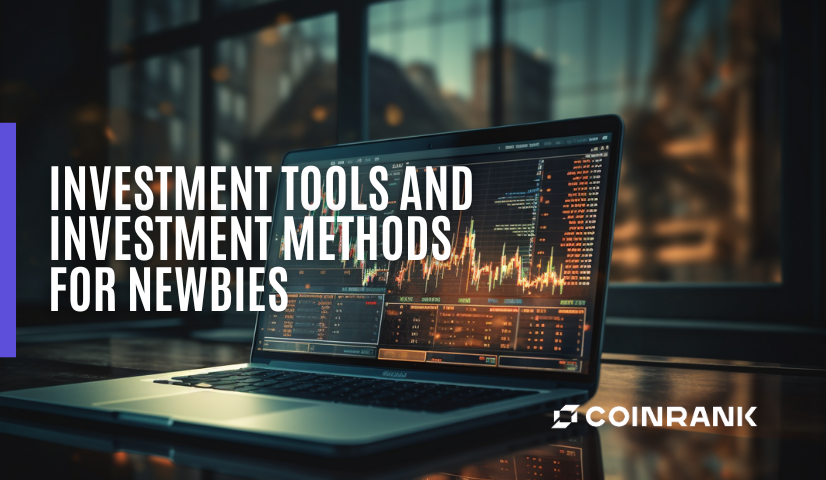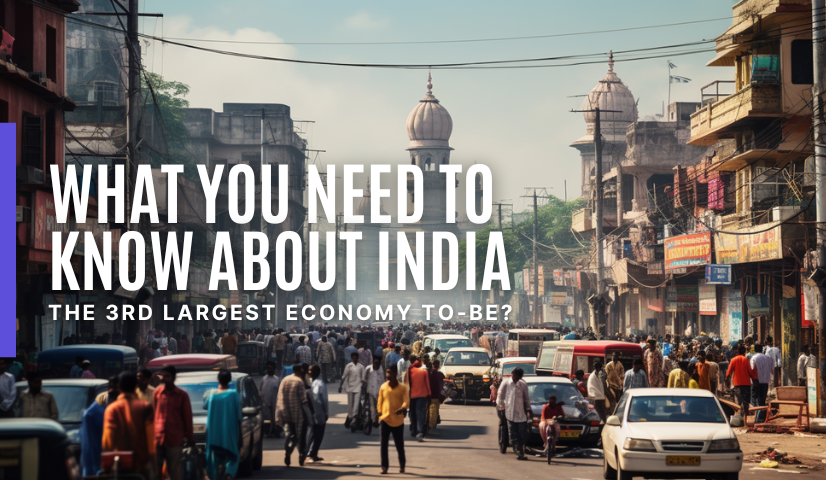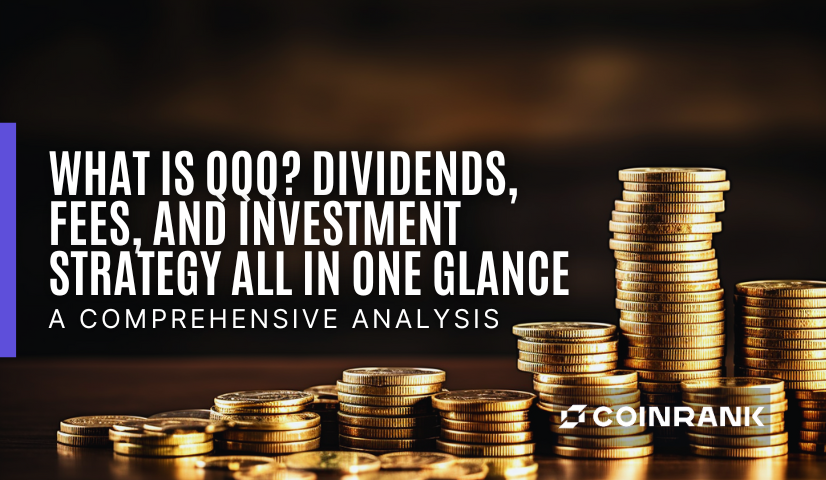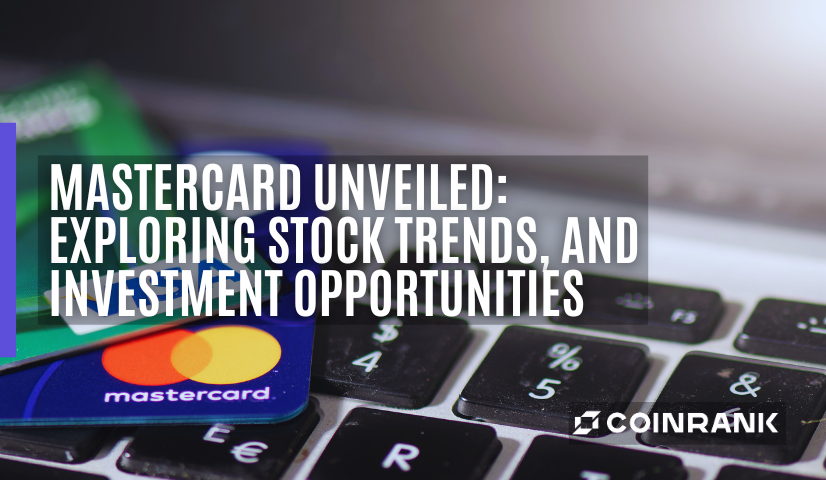
KEYTAKEAWAYS
-
Mastercard, a leader in payment solutions, earns revenue through transaction fees and value-added services, with a market capitalization of over $372 billion as of November 2023.
-
Despite global challenges, Mastercard's stock has shown resilience, with a long-term upward trend reflecting its industry dominance.
-
Mastercard's foray into cryptocurrency cards and the metaverse indicates its adaptability and potential growth in new digital realms.

- KEY TAKEAWAYS
- INTRODUCTION TO MASTERCARD: A GLIMPSE INTO THE GLOBAL PAYMENT GIANT
- WHAT IS MASTERCARD? UNDERSTANDING ITS ROLE AND SERVICES
- MASTERCARD’S PROFILE
- MASTERCARD’S REVENUE SOURCES: HOW THE PAYMENT NETWORK GENERATES INCOME
- ANALYZING MASTERCARD’S STOCK PERFORMANCE AND MARKET TRENDS
- CONSUMER BEHAVIOR AND MASTERCARD: THE IMPACT OF ONLINE SHOPPING TRENDS
- THE HOLIDAY SEASON EFFECT: MASTERCARD’S ROLE IN Q4 CONSUMER SPENDING
- MASTERCARD IN THE METAVERSE: PIONEERING CRYPTOCURRENCY AND VIRTUAL PAYMENTS
- DISCLAIMER
- WRITER’S INTRO
CONTENT
INTRODUCTION TO MASTERCARD: A GLIMPSE INTO THE GLOBAL PAYMENT GIANT
I believe investors often come across the red and orange overlapping circles logo with ‘Mastercard’ written underneath in the corners of credit or debit cards. However, some may not be clear about what Mastercard represents. CoinRank previously introduced Visa and its business model, and today, we will continue to instruct another international card issuer- Mastercard.
What exactly is Mastercard? What are its sources of revenue and stock prices? Most importantly, through these organizations, what investment opportunities can investors see? Today, I will tell you all at once in this article.
WHAT IS MASTERCARD? UNDERSTANDING ITS ROLE AND SERVICES
Mastercard Incorporated, founded in 1966 and headquartered in Purchase, New York, is a company that provides payment-related products and services. It is the world’s fastest network payment operator, offering convenient payment transaction services, including authorization, clearing, and settlement.
The company primarily develops global payment solutions to connect consumers, financial institutions, merchants, governments, and businesses worldwide. It aims to provide a more efficient and more straightforward global payment service. MasterCard has become a choice for consumers beyond cash and checks, serving major clients such as financial institutions and government agencies.
Statistics show Mastercard collaborates with over 25,000 financial institutions globally, linking various stores and businesses. Currently, consumers can use Mastercard at millions of locations worldwide, covering more than 210 countries and transacting in over 150 currencies.
Through POS systems, consumers can make payments using Mastercard cards, and the merchants connect the information to the acquiring bank. The bank is then requested to authorize and settle the transaction. Mastercard plays a role in the exchange, payment security, value-added services, and facilitating digital payments in this process.
MASTERCARD’S PROFILE

MASTERCARD’S REVENUE SOURCES: HOW THE PAYMENT NETWORK GENERATES INCOME
Mastercard’s revenue primarily comes from fees related to its payment products and services, including transaction fees, authorization fees, clearing fees, and other associated financial transaction service charges. The company collects these fees from various participants in the payment process, such as consumers, financial institutions, and merchants, serving as a source of income for its business operations.
Mastercard generates revenue through the following three channels, and the income from these fees increases with higher transaction volumes and card issuances:
- Payment network
- Value-added services
- Solutions
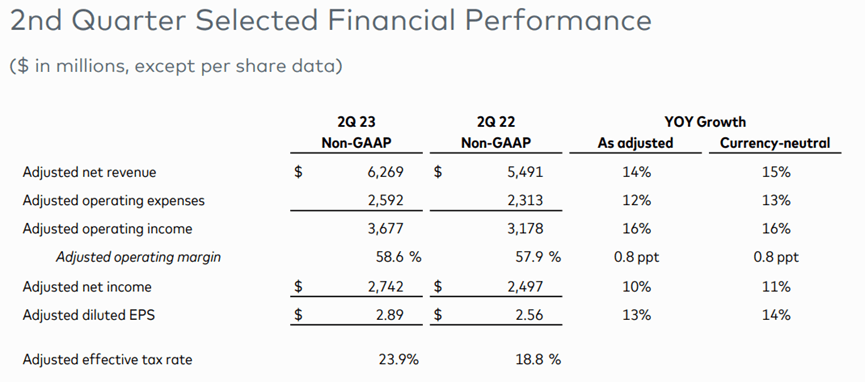
(Source: Mastercard)
From Mastercard’s financial reports, its revenue is divided into Payment Network and Value-added Services and Solutions.
The Payment Network collects fees during the transaction process, and the more consumers use Mastercard cards for transactions, the higher the revenue growth for the company.
Value-added services include additional services such as data security, identity verification, insights and analysis, and consultation services to assist clients in making better decisions.
Similar to Visa, for Mastercard, the more consumers use Mastercard for transactions during prosperous economic conditions, the better the company’s revenue performance. Due to the company’s provision of technical support and its leading position in the industry, reviewing Mastercard’s revenue and profit performance over the past decade reveals a consistent upward trend.
ANALYZING MASTERCARD’S STOCK PERFORMANCE AND MARKET TRENDS
 (Source: TrendingView)
(Source: TrendingView)
Mastercard is one of the leaders among third-party payment providers, second only to VISA. Its operational stability and stock price are particularly evident in the current uncertain environment. As shown in the chart, Mastercard’s stock price has maintained a long-term upward trend despite challenges such as the US-China trade war or the impact of the 2020 COVID-19 pandemic.
In recent times, the stock price has continued to rise. Now, positioned at the end of interest rate hikes, as the economy gradually recovers, it holds significance for assessing the level of private consumption.
CONSUMER BEHAVIOR AND MASTERCARD: THE IMPACT OF ONLINE SHOPPING TRENDS
When focusing on Mastercard, the company estimates a 3.7% growth in retail sales for this year’s holiday shopping season. Notably, the shift in consumer habits towards online shopping developed after the pandemic is expected to contribute to a higher growth rate in online sales than physical stores. Mastercard believes that some of the electronic products purchased by consumers during the early stages of the COVID-19 pandemic are now due for updates. This forecast aligns with the expectations of major semiconductor companies regarding the anticipated growth in sales of consumer electronics such as laptops, PCs, and more. It indicates a gradual global economic recovery.
THE HOLIDAY SEASON EFFECT: MASTERCARD’S ROLE IN Q4 CONSUMER SPENDING
According to Mastercard’s card transaction data during the holiday period (October to December), the retail sales breakdown shows that the restaurant industry’s share was suppressed in 2020 due to the severe impact of the pandemic. In 2021, the share exceeded pre-pandemic levels and continued to rise in 2022. Now, as we approach the end of 2023 with the pandemic officially subsiding, the Q4 peak season for consumer spending is here. As long as global consumers continue to engage in dining expenditures, it represents a favorable scenario for Mastercard’s revenue.
At the same time, Steve Sadove, Senior Advisor at Mastercard and former CEO of Saks, Inc., stated, ‘Following a vibrant holiday season, consumer spending in February 2023 has returned to a familiar and healthy balance. Consumers remain flexible, and they prioritize goods’ discounts when they shop, which is possible to offset inflationary pressures.’
Steve Sadove identified the current key spending trends as follows:
- E-commerce Resilience: Following several months of solid growth, e-commerce sales continue to rise, with consumers opting to stay indoors and order goods in the comfort of their own home.
- Experience Still a Priority: The expenditure on restaurants (+14.2%), airlines (+15.6%), and accommodations (+42.7%) has shown robust growth compared to the same period last year. Those gains reflect a continued demand for travel and experiences, which were constrained in 2022 and are now rebounding ahead of popular holiday seasons.
MASTERCARD IN THE METAVERSE: PIONEERING CRYPTOCURRENCY AND VIRTUAL PAYMENTS
After discussing the various roles that Mastercard plays in the real world, investors are likely to be more familiar with Mastercard’s ambitions extending beyond conventional payment services. The recent introduction of the first cryptocurrency card in the Asia-Pacific region, issued by Mastercard, aims to allow customers to convert their held cryptocurrencies into fiat currency for transactions.
Behind this card is a connection to a partnered exchange and wallet that collaborates with Mastercard. When users use this card for transactions, the process with the merchant is similar to a regular credit card. However, during the final deduction, the payment to the merchant is made in fiat currency, converted from the user’s wallet’s cryptocurrency assets for that specific transaction. It marks Mastercard’s initial step into the realm of cryptocurrency and transactions in the virtual world, showcasing its leadership in the traditional payment system.
Especially with the global explosion of metaverse-related topics, financial transactions within the virtual world have become a focal point. In the past, Mastercard has conducted specific research and practices related to payments for the Internet of Things (IoT) and VR devices.
For instance, when users wear VR devices to shop in a virtual mall, they can try on clothes through a virtual avatar. They can click ’buy’ to complete the transaction when they decide to purchase. Each user using a VR device logs into an exclusive account, linking to a credit card for payment. This behavior stresses credit card organizations’ role in the metaverse.
With decades of experience providing fast and secure payment services, dealing with the emergence of cryptocurrencies is comparable to processing an additional foreign currency for Mastercard. The systems of credit card organizations can enhance the application and circulation of cryptocurrencies, fostering public trust in cryptocurrencies. As cryptocurrencies move toward mainstream payment methods, credit card organizations are set to play a crucial role, bridging the gap between the real and virtual worlds.
Looking for the latest scoop and cool insights from CoinRank? Hit up our Twitter and stay in the loop with all our fresh stories!


